The segregation of concrete is the separation of cement paste and concrete aggregates from each other during handling and application. Segregation is also occurred by over-vibration or compaction of concrete, in which cement paste comes to the top and aggregates settle at the bottom.
Good concrete is one in which all materials are correctly distributed to form a homogeneous mixture.
Here we will learn about segregation of concrete, effects of segregation in concrete & how to prevent segregation of concrete.
Introduction to concrete segregation:
Segregation occurs when different components of concrete are separated from each other.
The separation is usually due to excessive vibration of the cement, different materials forming concrete mixtures having different weights.
Coarse aggregates settle to the bottom, followed by sand, fines, cement and finally water.
This can happen either due to excessive vibration and/or errors in mix design, especially excess water (or excess of plasticizer).
It is a very degrading effect in concrete since the whole mix loses its complete properties because the different constituents don’t work together.
Purpose of Concrete Segregation:
- To separate or settle the coarse aggregate from the rest of the matrix.
- Paste separated from the coarse aggregates.
- Water is different from the rest of the material being the lowest specific gravity content.
Segregation of concrete causes:
1. Inappropriate mixing of concrete with greater water content.
2. Poorly proportional mixing where sufficient matrix is not available for binding aggregates.
3. Dropping concrete from a height as in concrete for columns.
4. Badly designed mixer or worm-out blades.
5. Excessive vibration of concrete.
6. Without any time lag, the immediate, coarse aggregates acting on the concrete are likely to be clamped down, resulting in the movement of the excess of the matrix.
7. Transportation of concrete over long distances.
How to prevent segregation of concrete:
- Ensure that the concrete is mixed properly; the concrete must be mixed at the correct speed in the transit concrete mixer for at least two minutes immediately before discharging.
- Concrete should be laid as soon as possible.
- While transporting the mixture, load carefully.
- Always add new concrete to the concrete face already.
- Limiting the height from where the concrete has fallen.
- Proper precautions in transporting concrete.
- To avoid segregation of concrete, ignore vibration.
- The use of an air-entraining agent reduces isolation appreciably.
- Concrete mixes have to be designed accurately with the optimum amount of water i.e. neither too wet nor too dry.
- Regularly check the efficiency of the mixer regarding sufficient uniformity of distribution of components in every batch.
- The formwork must be watertight so that the paste leaks from the foams; do not vibrate the formwork.
- Do not let the solid flow.
- Use the vibrator precisely.
- Vibrate the concrete only for the proper time; not too long, not too short.
- Use an air-entraining agent such as chemical penetration into the mixture because entered air reduces the risk of isolation.
- If separation is observed in the concrete, the mixture must be accomplished to make it homogeneous again.
Also read: Creep of Concrete, Concrete forms & Concrete Spalling
Harmful effects due to segregation of concrete:
1. Honey combing of concrete.
2. The high permeability of concrete.
3. Lower compressive strength.
4. Poor finishing of surfaces.
Also read: Workability of Concrete, Permeability of Concrete & Durability of Concrete
Conclusion:
Segregation of concrete is difficult to measure quantitatively, although this can only be noted at the time of concreting operation.
A sample of the existence of concrete in a slump test or a sample of diffusion within a stream test provides a reasonable idea of separation.

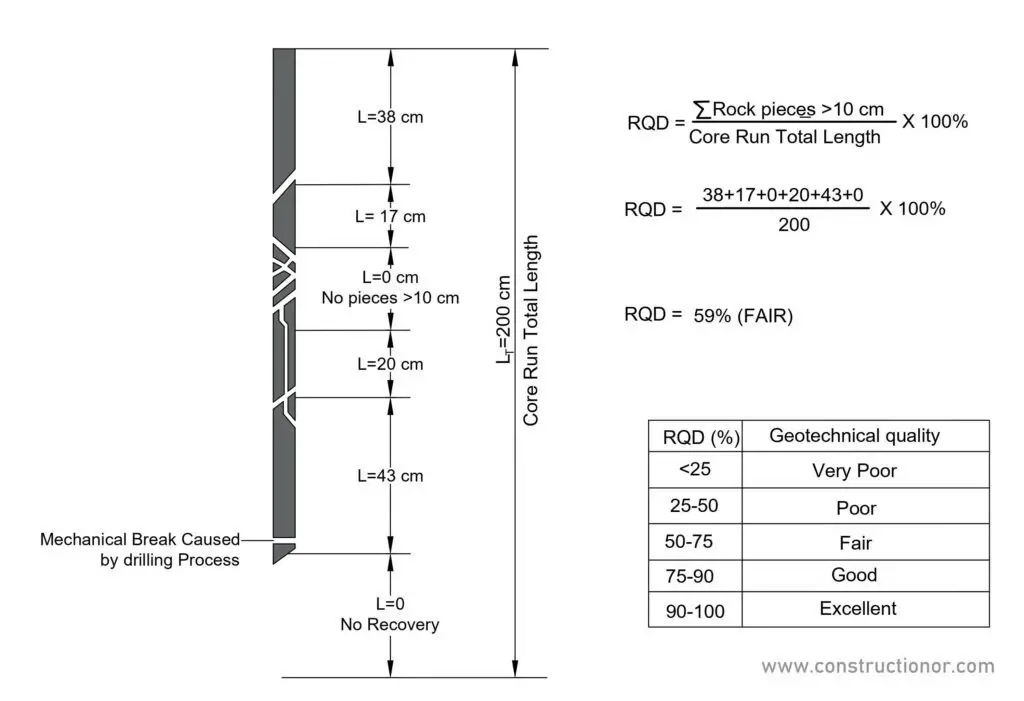



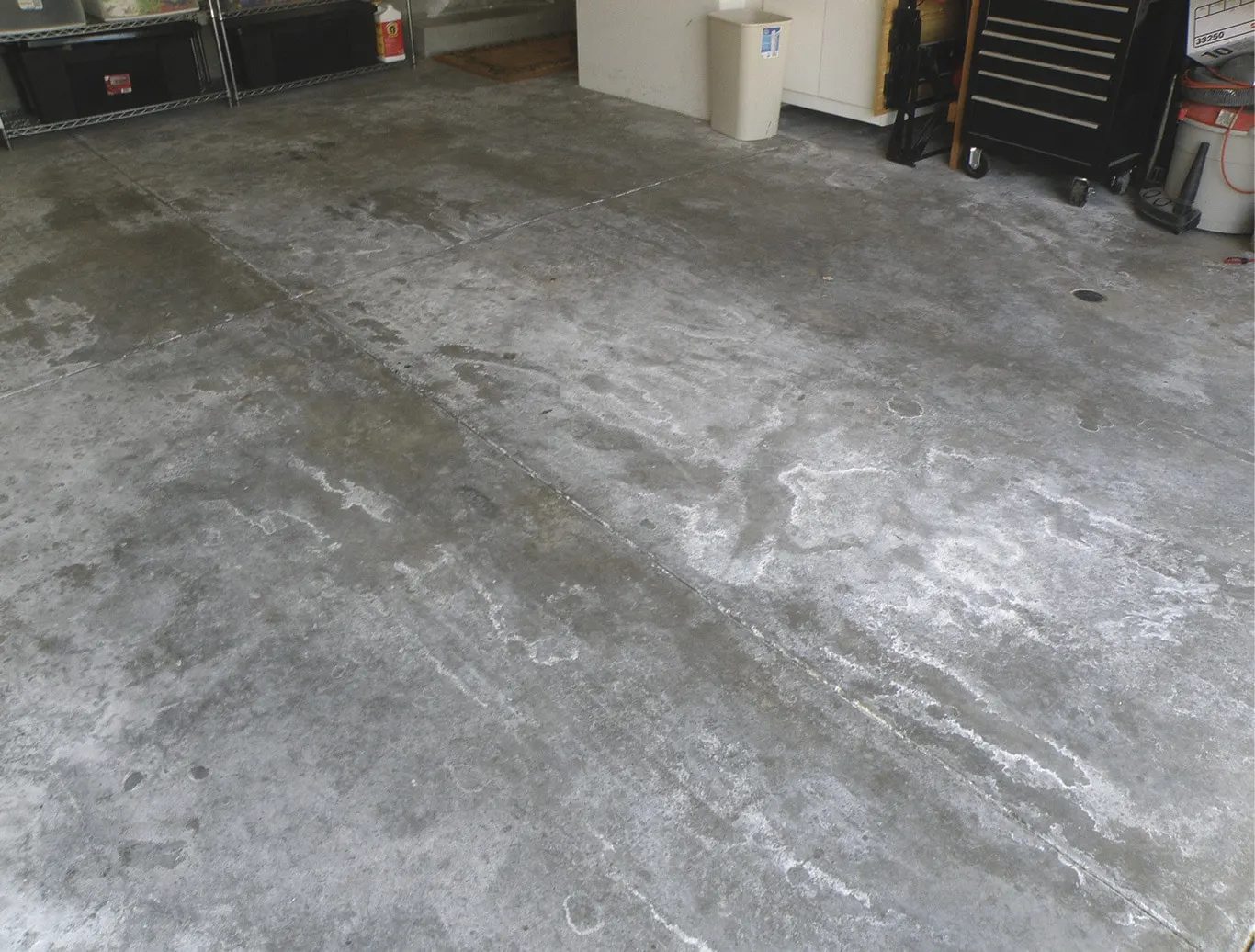
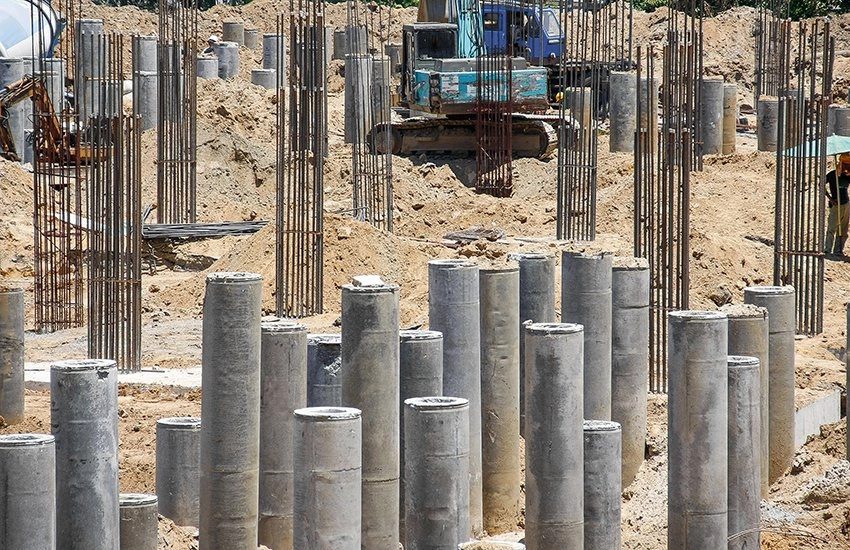

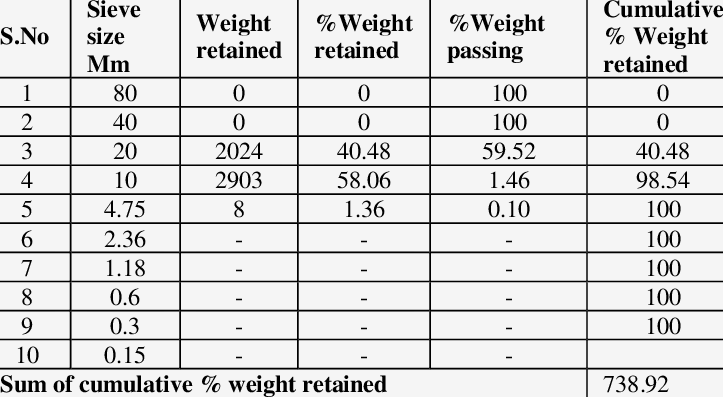
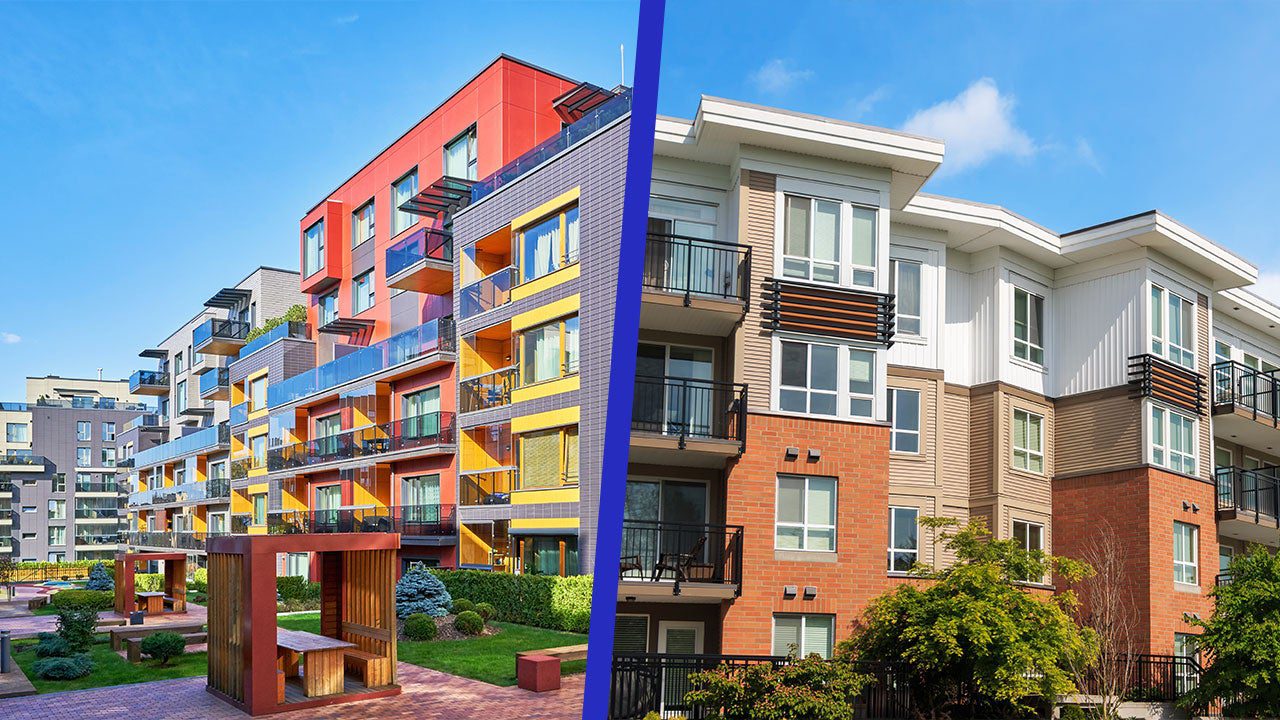
very well written article. I am searching for these types of topics to read for a long time.
please and more information like in your way it’s helpful